Menu
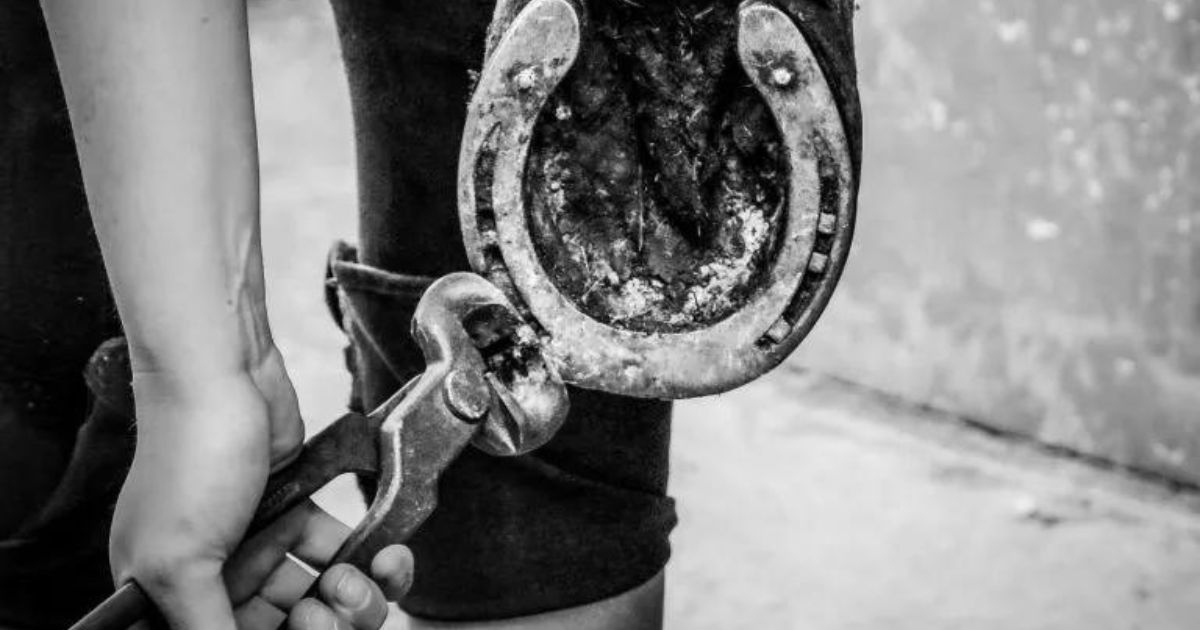
Are you sure that your horse is wearing the right kind of shoes? Horse shoes are not just horse shoes. There are a plethora of designs, materials, and not least methods of affixing the shoes. In this article, we will focus on nailed shoes – that is, shoes that are nailed on. Later, you will be able to read an article about alternative shoes, different types of fittings, and tools that are handy to have. At the end of this article, you will also find a guide to help you determine if your horse is tender-footed and needs something under its hooves.
Let’s start by establishing why shoes are a necessity for most horses. The most basic reason is that we use horses. A horse that always stays in a field does not wear down its hooves nearly as much as one that is often ridden, lunged, or driven. When the horse is used, the hooves are constantly worn down by the ground – and this includes the surface of riding arenas. In this way, the horn is worn down faster than it can grow – and it can hurt the horse with every step it takes.
Read also: Help the hooves: Thrush in horses
Some horse owners choose to mitigate the problem by using boots during training. However, they only help while the horse is wearing them. For some horses, a pair of boots is simply not enough, and they will try to compensate for the tenderness when they are without them. This can obviously cause many unfortunate injuries in the entire movement apparatus of the horse. In other words, it is our own need to use horses that has created the need to put something on their feet. But why nail the shoes on?
Nailing shoes onto horse hooves has been practiced since humans began to use them. Around the year 100, the Romans began making horse shoes as we know them – the so-called "hipposandals" ("hippo" means "horse"). They were mostly made of copper and iron, but could also be obtained in silver and gold. Yet, they did it differently than we do today. Instead of adapting the shoe to the horse's hoof, they did the opposite. The horses' hooves were thus trimmed to fit the shoes, which easily made the horses lame. It wasn't until the end of the 1700s that the importance of putting the hooves first and adapting the shoes to them was realized.
Affixing the shoes with nails is one of the most durable methods of keeping the shoes on – even though some horses still manage to throw them off. However, there are other ways to attach shoes, more on that in the next article. Let's first look at some of the different types of nailed shoes.
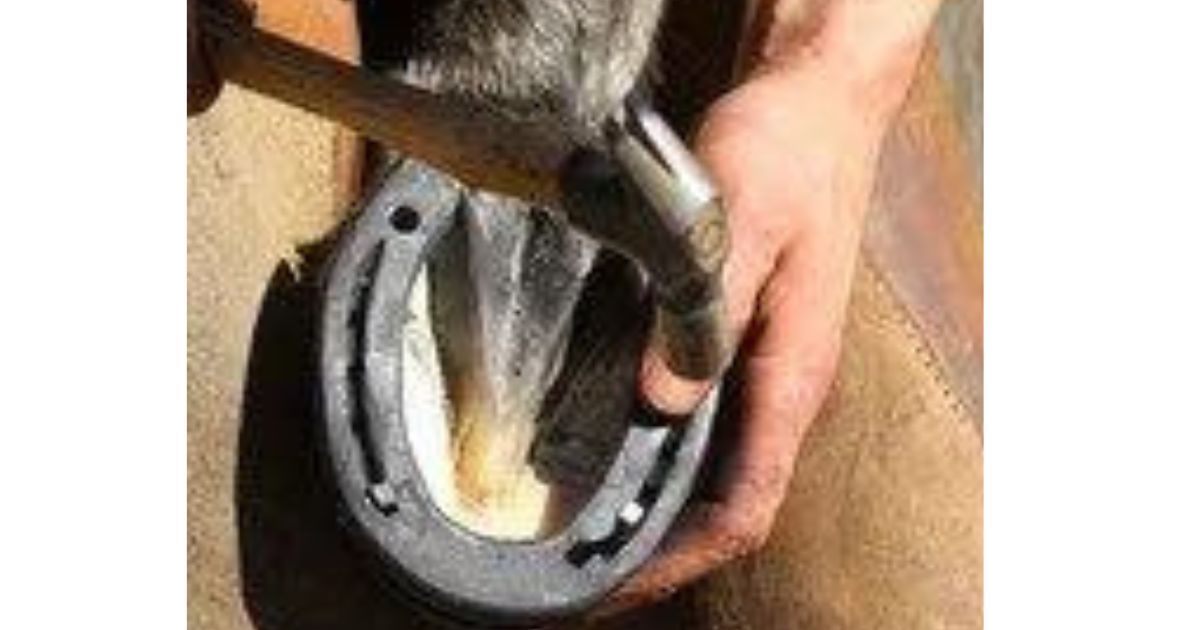
Even though many new forms of nailed shoes have emerged, iron shoes are the most popular. With a price of 50-70 kr. per pair, they are absolutely the cheapest, and they are extremely durable. However, they have also been subject to quite a bit of criticism, especially in recent years. Some believe that the hard iron destroys the hoof's dynamics – including its elastic function and ability to absorb shock. Additionally, the nails can increase the chance of hoof abscesses. Nonetheless, iron shoes have been used for hundreds of years because the strong material helps to protect the horse from becoming lame.
Read also: Bridles – When and how should they be used?
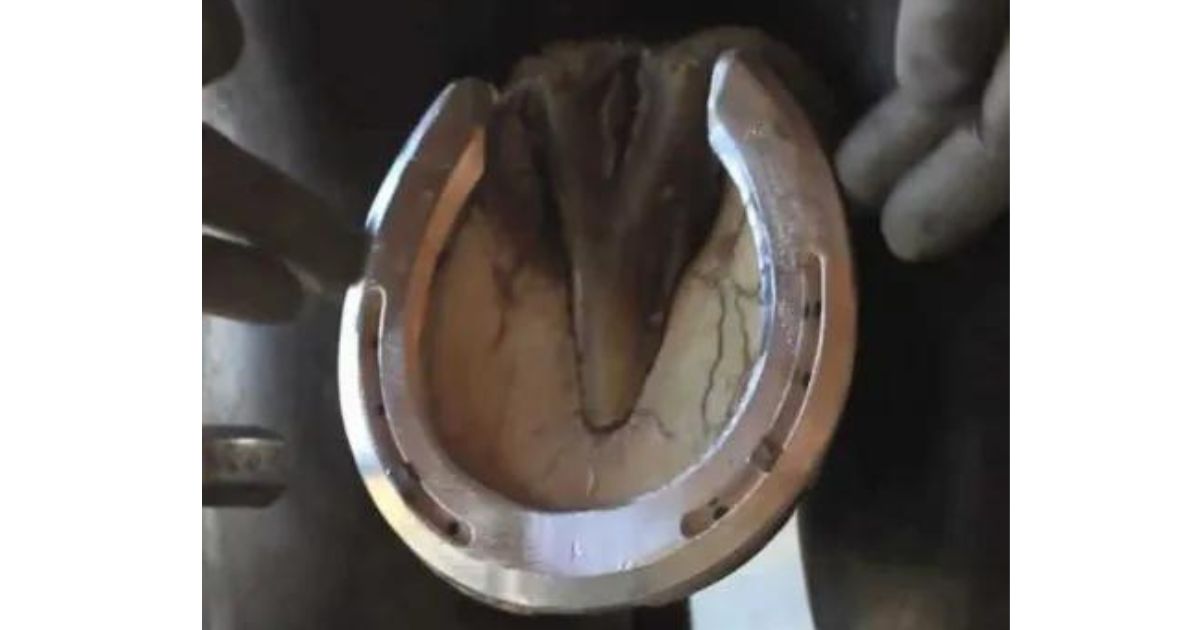
Besides the traditional iron shoes, there are also aluminum ones. They are very light but wear down faster. Horses that don't wear their shoes much will normally be able to go with them for a whole period. Due to the shoes' minimal weight, some believe that the horse's gait improves, while others recommend them for horses that often stumble. Aluminum can be harder to adapt than iron, so some fear that the horse's hoof is adapted to the shoe, as was the case in the past. Whether this is entirely true, one should probably ask their own farrier. The shoes are available in several price ranges, but are usually somewhat more expensive than iron shoes.
Read also: Part two: Strengthen the bond with your horse – environmental training
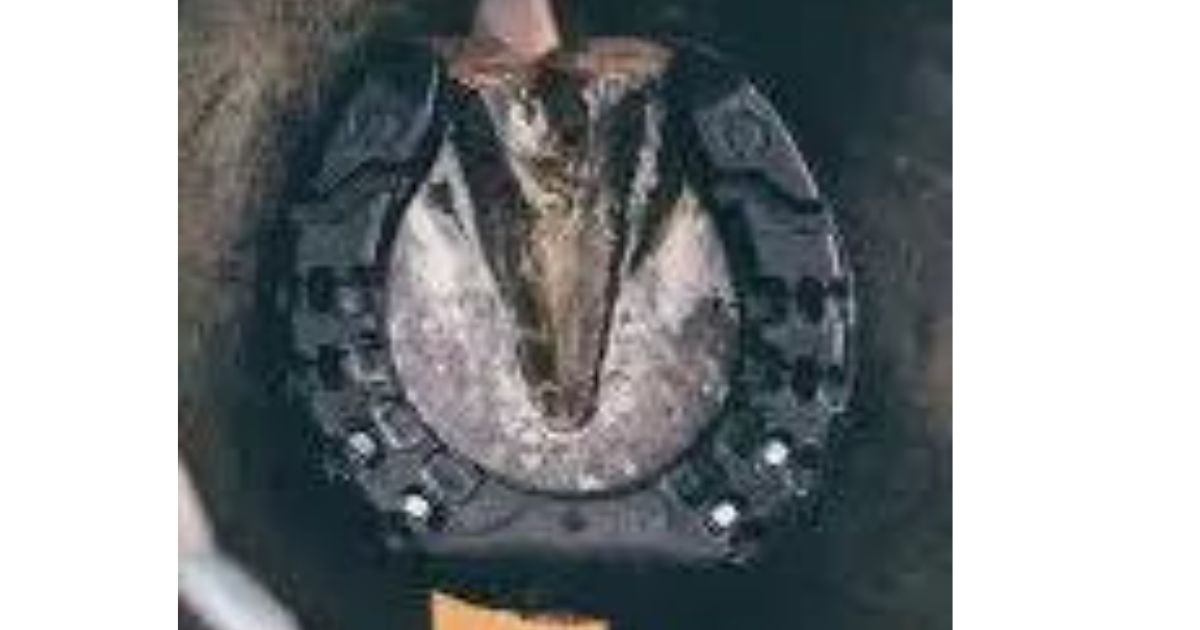
Have you ever considered using something other than metal shoes? If you are skeptical, then you might like the idea of metal shoes lined with rubber to increase slip resistance and improve shock absorption when the horse walks on slippery or hard ground. The shoe in the picture is called Softstep and can be adapted just as easily as a regular iron shoe. They can be used on all kinds of surfaces and are especially good in frosty weather, because the snow cannot stick and the horse cannot slip. They are also available both with and without stud holes. You must cough up around 312 kr. for two. You just have to choose whether it should be front or hind shoes. Both have a toe grab.
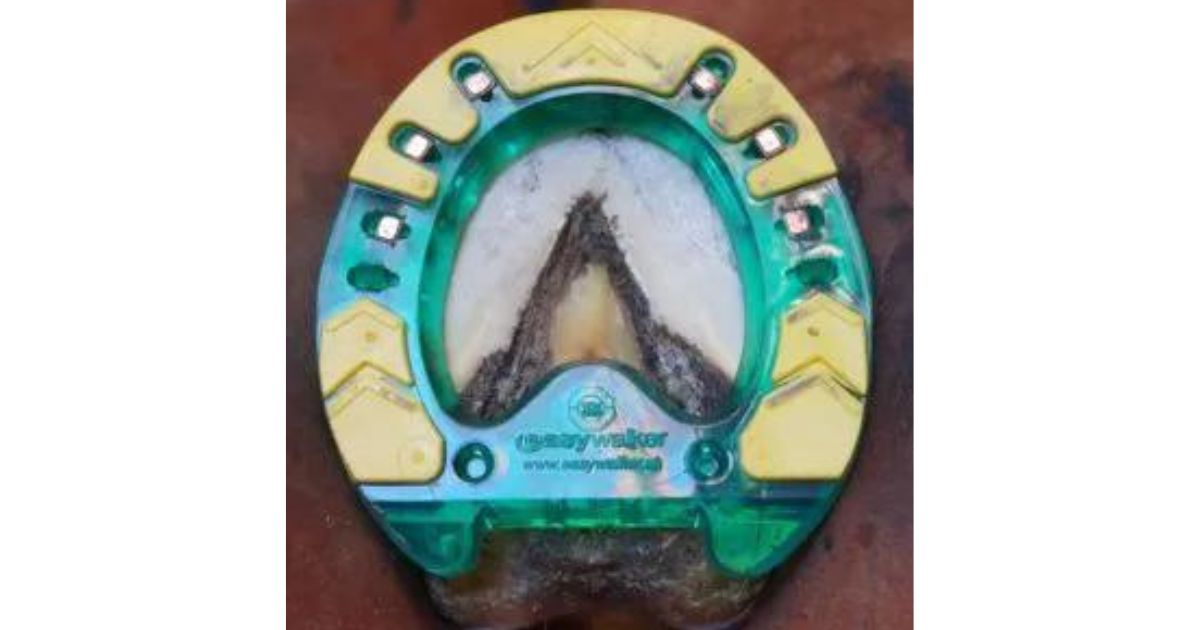
There are also shoes made of plastic, which are almost as durable as metal shoes. As they are made entirely of hard plastic, they weigh significantly less. These too are far more shock-absorbent than traditional shoes and therefore help to reduce the risk of injuries. The shoe in the picture is an Easywalker, costing around 240-300 kr. per pair depending on the size. Particularly horses with prominent coffin bones can benefit from wearing these or the rubber shoes. The same applies to horses with a previous injury that one tries to protect, or if one rides a lot on hard surfaces. In the plastic shoes, it is also possible to add a toe grab yourself if desired. They are available in five sizes and various colors. The farrier needs to adapt them with a jigsaw or a grinder. You can also get plastic shoes like Hippogrip, Hippoflex, PP Plastic Shoe, and Dynamixhit.
If you are unsure whether your horse should wear shoes or not, you can relatively easily investigate this. Essentially, it's about finding out if it is tender-footed on hard surfaces. If it is, then you should of course talk to a farrier. Find out like this:
Read also: Is your horse lonely? Social isolation can be harmful to your horse
Sources: